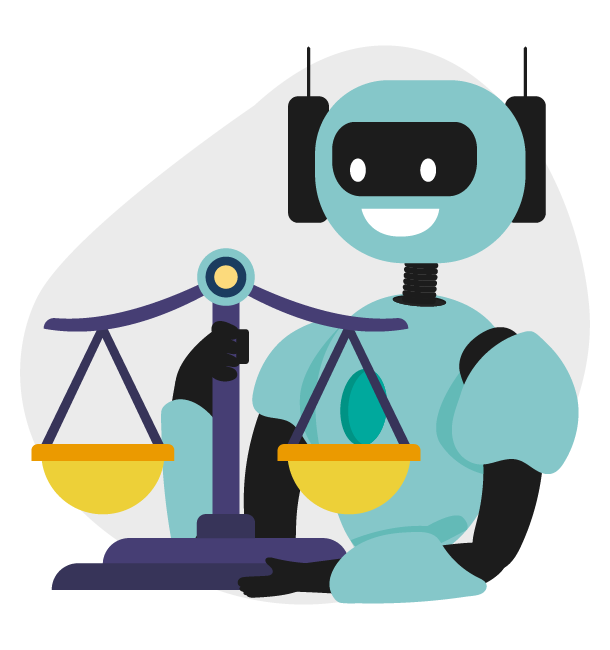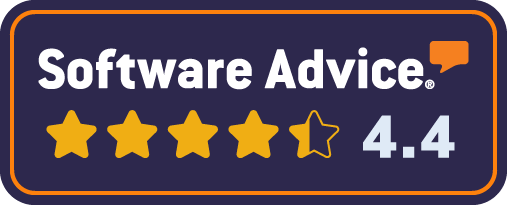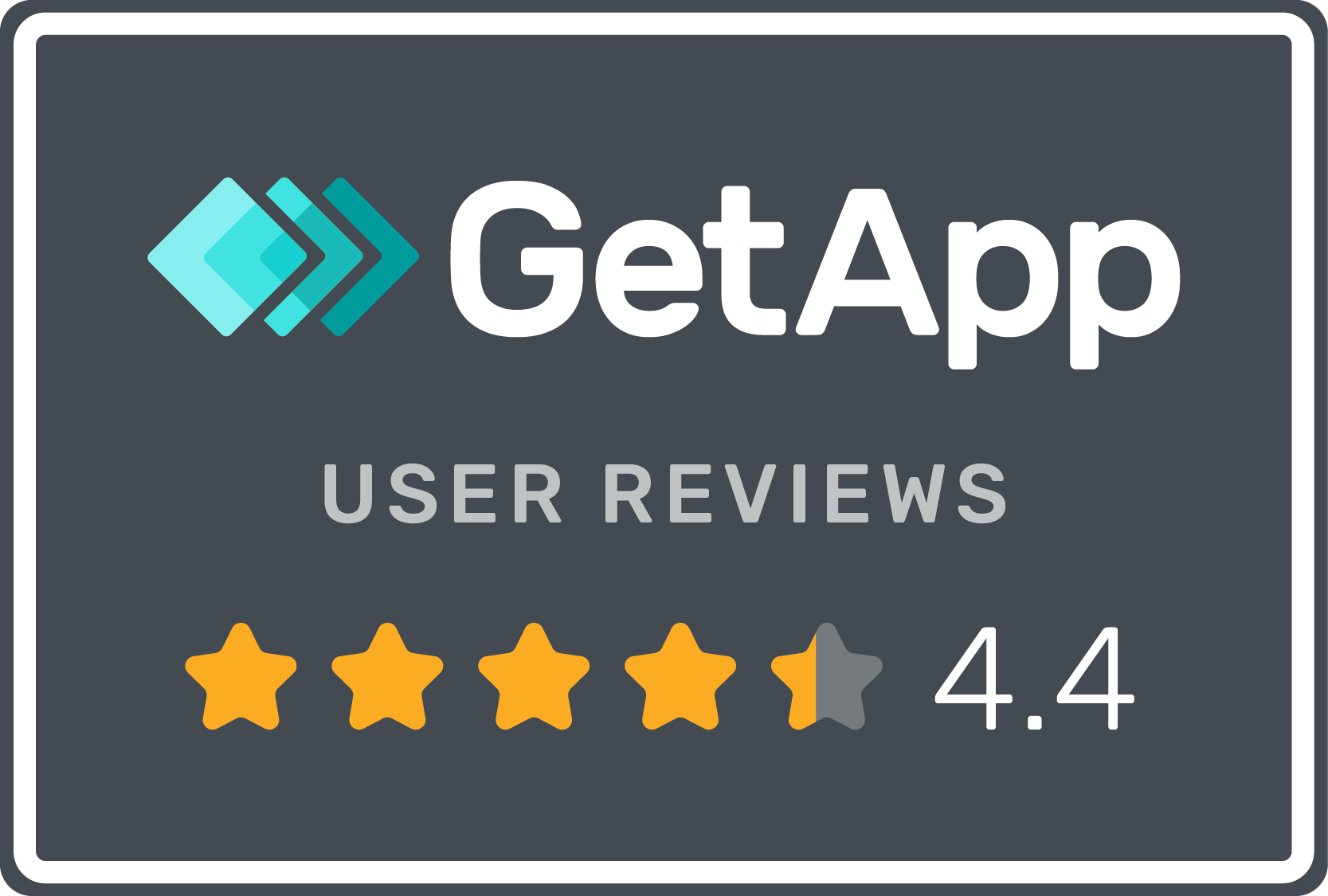Unlock the secrets to crafting inviting job adverts with nine clever strategies. Find out how to appeal to more diverse backgrounds and how to encourage more applications.
crafting job adverts that shine a spotlight on diversity.
Job ads— those intriguing peeks into company life that can either entice candidates to eagerly hit "apply" or send them running for the hills (cue the "we're all one big happy family" cliché). These adverts set the tone for a candidate's journey with your organisation. You’re inluck—we're spillingg the beans on nine clever strategies to craft job adverts into welcoming invitations that extend to everyone, regardless of their background!
understanding and avoiding biased language.
Biased language in job adverts is the biggest red flag for candidates. It’s important to take out any language that may favour or discriminate against a specific group.
To avoid this:
- Identify biased language: Watch out for terms that suggest gender, age, or cultural preferences, such as "confident salesman" or "digital native.".
- Use neutral descriptors: Opt for neutral terms like "collaborative," "analytical," or "innovative" to attract a wider range of candidates.
Remember, just because your advert copy uses a male gendered term such as "confident," it does not mean your advert needs to be changed. It all comes down to the context the term is being used for.
using inclusive language.
Inclusive language isn't just a fancy word salad; it's using language to extend an open company invitation. To use inclusive language:
- Address the reader directly: Don’t be distant; use pronouns like "you" to directly talk to potential candidates (think of this as the virtual handshake).
- Highlight company values: Job adverts cast a spotlight on your organisation's workplace culture—shine that light on your commitment to diversity and inclusion to attract candidates who share those values.
being specific and clear.
If a job description says that candidates should wear many hats, but doesn’t tell them what everyday duties look like, that’s a definite facepalm moment.
A clear and detailed job description sets expectations and helps candidates understand their potential role within the organisation. Vague adverts can lead to misunderstandings or confusion and discourage qualified candidates from applying. According to Indeed's research, a whopping 77% of job seekers want a detailed job description. To be specific and clear:
- List responsibilities and tasks: Outline the day-to-day tasks and responsibilities to provide a comprehensive understanding of the role.
- Specify qualifications: Clearly state the required qualifications, skills, and experience to avoid confusion.
focusing on skills, not just qualifications.
Shining a light on qualifications and skills rather than an ideal candidate profile promotes diversity and inclusion. Research from Stanford University suggests that focusing on skills can help break down barriers for underrepresented groups. You want to identify someone's potential, and moving away from just a focus on qualifications helps break down the barriers of those who haven't been able to access the best education.
To focus on qualifications and skills:
Prioritise essential requirements: Highlight the must-haves, not the "nice-to-haves." Women are often hesitant to apply for a role unless they meet all the criteria, emphasizing the importance of including only essential requirements in job postings.
Offer training opportunities: Indicate if the company is willing to provide training for missing skills, inviting candidates from various backgrounds.
providing accommodations and flexibility.
Inclusive job adverts should consider potential barriers and offer adjustments to make the role accessible to everyone. Flexible work arrangements improve employee satisfaction and retention.
To provide accommodations and flexibility:
Mention accommodations: Make sure your job description mentions that you can make necessary accommodations for disabled or neurodiverse candidates. If there’s a potential superstar with unique needs, they want to know that you have their back.
Include flexibility: We’re not talking yoga poses; mention options like remote work or flexible hours.
If you'd like to find out about a quick way to highlight requests for reasonable adjustments, take a look at the new disability confident application highlighting in hireful ATS (available on all plans).
avoiding gendered language.
Using inclusive language is crucial in making sure people from different genders are applying to your job positions. Gendered language often stems from stereotypes, and we want to create an environment where everyone feels welcome and valued. Here are some suggestions to avoid gendered language:
- Eliminate gender-specific pronouns: Replace gendered pronouns like "he" or "his" with inclusive alternatives such as "they" or "their." This small change helps to create a more inclusive and welcoming tone.
- Rethink adjectives: Consider replacing terms like "assertive" or "competitive," which can be associated with a specific gender stereotype, with qualities that are relevant to the role and applicable to all candidates.
using gender-neutral terms.
Incorporating gender-neutral terms is another way to ensure inclusivity and make candidates feel valued and considered for the position. Here are some tips to use gender-neutral terms effectively:
- Use titles instead of gendered terms: Instead of using terms like "salesman," opt for more inclusive titles such as "sales representative."
- Avoid stereotypes: When using terms that are stereotypically associated with one gender, like "nurse" or "engineer," make extra sure that inclusive language is used to encourage applications from all genders.
promoting diversity and inclusion.
An inclusive job description should promote diversity and reflect the company's commitment to an equitable workplace. According to McKinsey & Company, diverse teams outperform homogeneous ones by 25%. Here are some things you can do:
- Highlight diversity initiatives: No need for smoke and mirrors—mention employee resource groups or diversity programs that make a real impact.
- Feature diverse role models: Share success stories of employees from diverse backgrounds to inspire candidates.
continuous improvement in your D&I approach.
Here are some ways you can test and revise your job adverts:
- Ask for feedback: When in doubt, round up a diverse crew of critics, including colleagues, employees, or individuals from diverse groups. Ask them for their thoughts on the job description to find out if there is anything that could be improved or if anyone might feel excluded.
- Look at recruitment data: Your recruitment data is the wise old owl perched in the cocorner— analysing it, you might find patterns that hint at diversity gaps.
- Keep updating: Updating job adverts should be an ongoing process since language and societal norms change over time (remember that reviewing job adverts annually is a golden industry rule!).
- Harness the power of AI tools: These tools can offer smart suggestions to make your job adverts more inclusive and engaging. Think of them as James Bond armed with a thesaurus!
Job adverts hold the key to shaping a vibrant, all-encompassing team. By sidestepping biases, embracing inclusivity in language, providing clear details, and sharing diversity initiatives, organisations can attract a more diverse range of candidates. In general, we have found that women will only apply for a role if they feel that they meet the criteria. Therefore, if you are going to include criteria, ensure that these are absolutely essential for the role, to increase your chances of attracting more females to apply. The above strategies provided, you can step up and infuse your job adverts with the genuine spirit of diversity and inclusion and enjoy an increased application rate from talented, diverse individuals.
Published 11th December 2023.


















